What Are Jib Crane Types?
In modern industrial environments, material handling efficiency is a critical factor in productivity, safety, and operational success.
Among the most dependable solutions are jib cranes—versatile lifting devices designed to move loads in localized work zones. These cranes come in many types, each tailored to specific work conditions and lifting requirements. Understanding the different types of jib cranes is essential for selecting the most efficient system for your facility.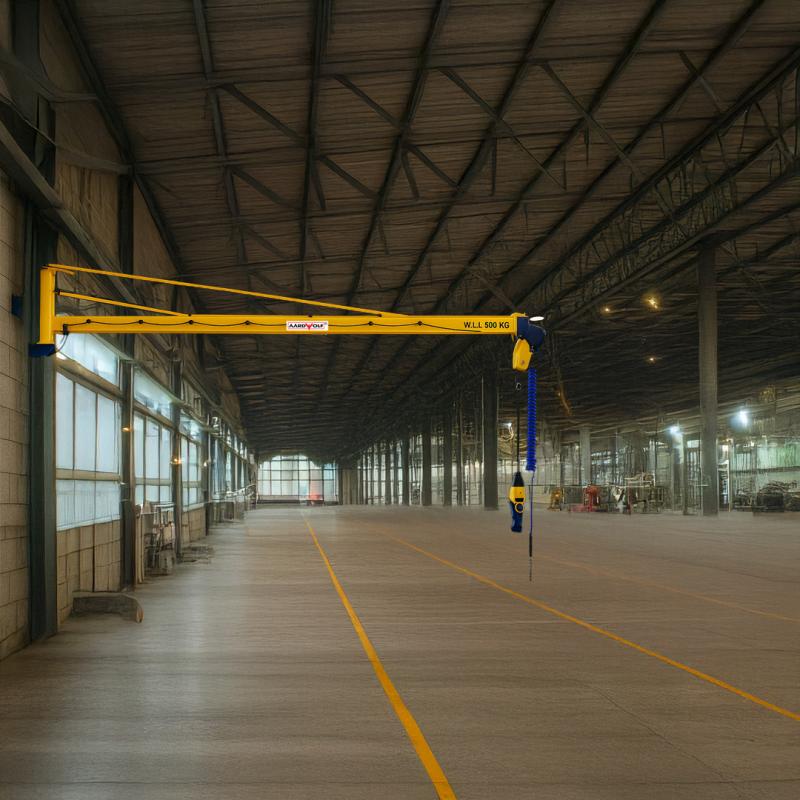
This guide provides an in-depth look at jib crane types, their structural designs, operating mechanisms, and ideal applications. From freestanding models to wall-mounted articulated arms, you'll gain a comprehensive understanding of how these cranes improve workflows in industrial settings.
To get started with the fundamentals, read: What is a Jib Crane?
What Is a Jib Crane?
A jib crane is a lifting device with a horizontal boom (the jib) that supports a hoist or lifting mechanism. The jib is usually mounted on a vertical column or wall and is capable of rotating, which provides coverage for a circular or semi-circular workspace. Jib cranes are highly favored for their simplicity, ease of use, and ability to be installed as independent systems or integrated into existing workflows.
Jib Cranes are widely used across industries like metalworking, warehousing, logistics, construction, and assembly lines. They are available in manual, powered, fixed, and mobile configurations to meet the diverse needs of heavy-lifting operations.
1. Freestanding Jib Cranes (Floor-Mounted)
The freestanding jib crane, also known as a floor-mounted jib crane, is one of the most robust and versatile types. These cranes are bolted to a reinforced concrete foundation and can rotate up to 360 degrees. They are ideal for large work areas where full rotational coverage is needed.
Aardwolf’s Floor Mounted Jib Crane features a 4-meter arm with a 250 kg load capacity, making it suitable for repetitive lifting and load positioning.
Freestanding jib cranes are typically used in:
- Workshops with open floor plans
- Outdoor settings with proper foundation
- Applications requiring high lifting height and full mobility around the base
2. Wall Mounted Jib Cranes
A wall-mounted jib crane is fixed to an existing structural wall or vertical column, making it a space-saving solution for work areas with limited floor availability. These cranes usually have a 180-degree rotation arc and are designed for medium-duty lifting tasks.
The Wall Mounted Jib Crane by Aardwolf supports a wide reach without requiring a concrete foundation. Wall-mounted options are popular in:
- Small workshops or garages
- Workstations along walls
- Conveyor or packaging lines
Over braced versions, such as the Over Braced Wall Mounted Jib Crane, provide enhanced support for longer jibs and heavier loads.
3. Ceiling Mounted Jib Cranes
Ceiling-mounted jib cranes are designed for environments where floor and wall space is constrained. These cranes are suspended from structural ceiling beams and allow for smooth movement of loads without obstructing floor operations.
Though less common due to structural requirements, they are incredibly useful in:
- Cleanrooms
- High-bay storage facilities
- Facilities with overhead tracks
Ceiling-mounted cranes usually require custom engineering and careful alignment with ceiling structures for safe installation.
4. Articulating Jib Cranes
One of the most flexible and dynamic types is the articulating jib crane, which features two boom arms connected with a pivot. This design allows the crane to navigate around corners, obstacles, and columns—perfect for tight and complex workspaces.
Articulated models are excellent for:
- Machine loading and unloading
- Reaching into containers or enclosures
- Environments with many obstructions
Learn more about their mechanics and benefits in:
Articulated Jib Crane – What’s the Difference?
Check out Aardwolf’s Articulated Wall Mounted Jib Crane for flexible, ergonomic lifting solutions.
5. Pillar Mounted Jib Cranes
A pillar jib crane is a subtype of freestanding cranes, mounted on a column or structural pillar. These cranes allow for a full 360-degree rotation and are typically found in heavy-duty environments that demand consistent load handling.
They are popular in:
- Steel fabrication shops
- Foundries
- Heavy mechanical workshops
They offer the lifting capacity of a freestanding jib with reduced structural footprint, often requiring less foundation reinforcement.
6. Over Braced Jib Cranes
Over braced jib cranes include an additional support brace above the boom, which increases stability and minimizes boom deflection during heavy lifting. This structural feature enables longer boom lengths and higher capacities.
You can choose from:
These cranes are ideal for:
- Environments requiring high boom outreach
- Applications with high-lift, high-frequency needs
7. Counterbalance Jib Cranes (Manual & Powered)
Manual Counterbalance Jib Crane
For locations without permanent installation options, the manual counterbalance jib crane offers unmatched mobility and versatility. Operated manually, this crane is mounted on wheels or a mobile base with a counterweight to offset the load.
See: Manual Counterbalance Crane
Powered Counterbalance Jib Crane
For higher efficiency and precision, the powered counterbalance crane adds electric lifting and motorized lateral movement. This model is ideal for high-volume facilities and advanced production areas.
Explore: Powered Counterbalance Crane
Portable Gantry Cranes: A Jib Crane Alternative
While technically different, gantry cranes are often compared to jib cranes for mobile material handling. Gantry cranes provide full overhead lifting with adjustable spans and heights. Aardwolf’s Portable Gantry Crane is ideal for contractors and temporary workstations that need lifting capabilities on the go.
If you’re wondering about the comparison:
Is a Jib Crane a Gantry Crane?
How to Install and Use a Jib Crane
Correct installation and safe operation are key to ensuring longevity and reliability in your jib crane system. Learn step-by-step setup here:
How to Install a Jib Crane
For daily operation guidelines, inspections, and user tips:
How to Operate a Jib Crane Safely
Final Thoughts
Jib cranes come in a wide variety of configurations, each suited to specific material handling challenges. From fixed freestanding units to mobile counterbalance designs, these cranes offer the flexibility, performance, and safety needed to optimize operations.
Investing in the right jib crane type can streamline lifting, reduce workplace injuries, and boost productivity across departments. Whether you need a pillar-mounted unit for heavy-duty lifting or an articulated wall-mounted jib for maneuverability in tight corners, Aardwolf provides innovative solutions engineered for industrial performance.
References
1. How to operate a Jib Cranes safely
3. Over brace jib crane wall mounted
5. Is a Jib Crane a Gantry Crane
6. Articulated Jib Crane Wall Mounted
8. Manual Counterbalance Crane
10. Over Braced Jib Crane Column Mounted





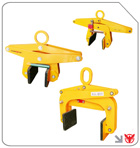
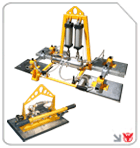
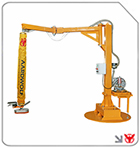
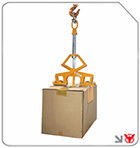
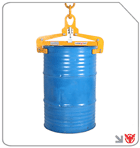
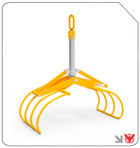
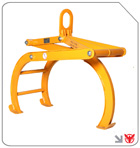
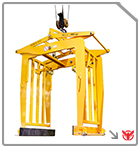
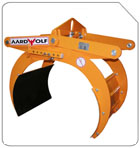
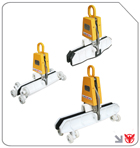
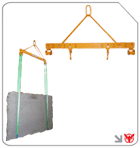
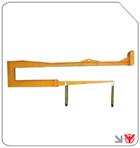
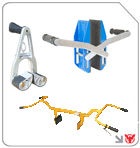
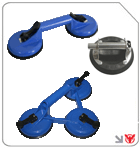

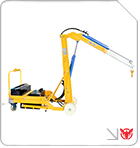
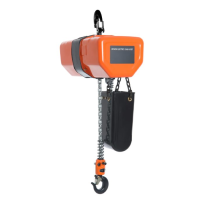
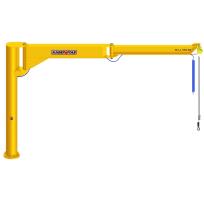
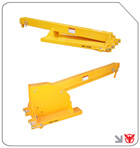
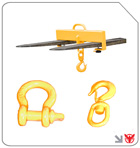
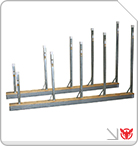
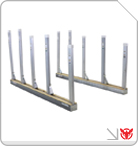
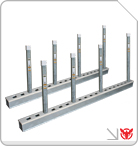
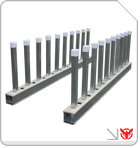
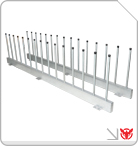
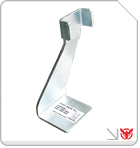
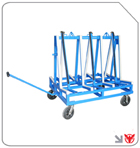
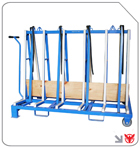
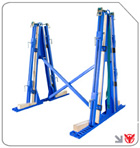
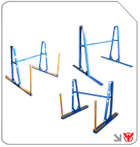
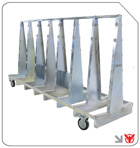
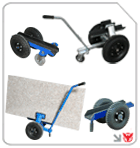
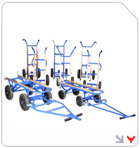
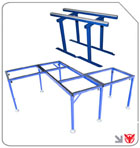
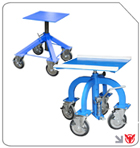
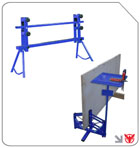
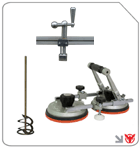

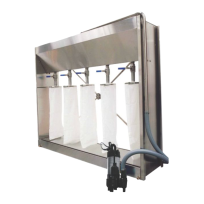
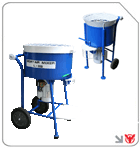
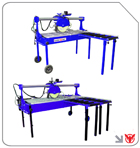
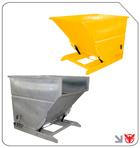

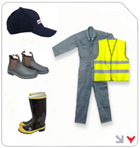
Follow us on: